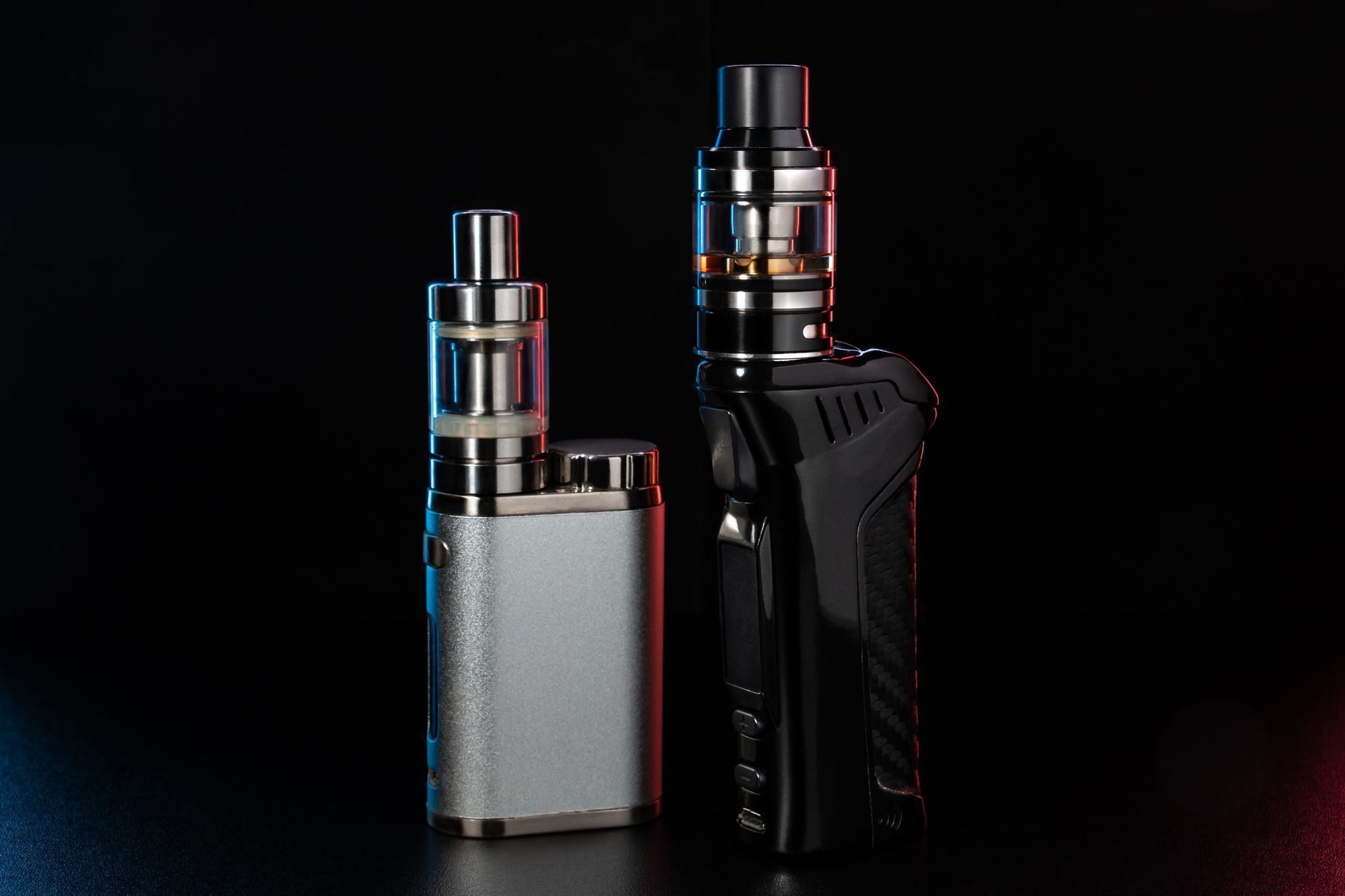In recent years, the act of vaping has surged in popularity, capturing the attention of both smokers looking for alternatives and new individuals interested in this modern phenomenon. As classic cigarette use decreases, a new generation is adopting the stylish designs and diverse flavors offered by e-cigarettes and vape pens. This shift has sparked discussions not just about the attraction of vaping but also its effects for well-being, culture, and the larger society.
The growth of vaping can be linked to several factors, like the perception of lower risk compared to smoking, the extensive range of flavors on offer, and the community aspects of vaping culture. Platforms like social media has played a crucial role in boosting this trend, with influencers and communities exchanging experiences and highlighting the latest devices. As vaping progresses, it has morphed into more than just an substitute to smoking; it has transformed into a lifestyle choice for many, further driving its extensive adoption.
History of E-cigarettes
E-cigarette usage traces its origins back to the initial 1960s when a pioneer designed a device designed to heat a liquid containing nicotinoid, thereby providing a non-smoking alternative to traditional cigarettes. However, it wasn't until the mid-2000s that vaping started to gain real traction. In 2003, a China-based pharmacist named a notable inventor developed a more practical and effective electronic cigarette, which propelled the concept into the public eye. This device used a battery-powered atomizer to warm a fluid solution, transforming it into an aerosol that users could breathe in.
The commercialization of vaping exploded in the final 2000s, particularly in the US and Europe. Many brands launched a wide array of e-cigarettes and vape pens, targeting a wide-ranging market that composed of both smokers seeking alternatives and newcomers attracted to the attraction of flavored vapor. The varied options, ranging from different flavors to customizable nicotine levels, contributed to the growing fame of vaping among youth and a new generation looking for options to classic tobacco products.
By the 2010s, vaping had become a cultural trend, marked by digital platform trends and a vibrant community of enthusiasts. This period saw the rise of vaping conventions and competitions, additionally affirming its position as not just a smoking alternative but a way of life. As societal views shifted and rules started to develop, vaping persisted to evolve, responding to evolving consumer preferences and health guidelines.
Current Trends in E-Cigarettes
E-cigarette use has evolved dramatically over the recent years, becoming a mainstream lifestyle choice for numerous individuals. One of the most striking developments is the rising popularity of flavored liquids. Consumers are attracted to a wide range of tastes, from fruity and sweet flavors to unique blends that cater to diverse tastes. This diversity of options has made the activity more attractive to youthful audiences, leading to its rise as a cultural phenomenon.
Moreover development shaping the vaping landscape is the shift towards more innovative and tailored devices. The market has seen a surge in products like pod-style devices and high-wattage mods that allow vapers to adapt their sessions. This progression not only enhances user satisfaction but also fosters exploration with different options and approaches, further intensifying involvement among enthusiasts.
In addition, the focus on e-cigarettes as a smoking cessation tool continues to gain acceptance. vaposeleccion.com are turning to vaping as a safer alternative to regular cigarettes, which has sparked debates regarding health implications and legislation. As investigations on how safe vaping is progresses, public opinion is gradually evolving, leading to more backing from numerous health entities that recognize the potential benefits when used with care.
Health Impacts and Policies
The growth of vaping has sparked significant interest in its health implications. While a lot of people believe that vaping is a less harmful alternative to traditional cigarette smoking, research indicates that it is not without risks. Research have shown that e-cigarettes can contain harmful substances such as nicotine, heavy metals, and various compounds that may adversely affect respiratory health and overall health. Additionally, there have been concerns about the long-term effects of inhaling vaporized substances, which require ongoing research to fully understand the potential health risks associated with e-cigarettes.

As vaping gained traction, authorities and health organizations around the world began to implement regulations to address health issues. Some countries have introduced minimum age laws, advertising bans, and labeling requirements for vape products. Others have taken steps to regulate e-liquid flavors that appeal to youth, which have been associated with higher vaping among teens. These regulations aim to reduce the appeal of e-cigarettes to youth and lessen potential health risks, while also acknowledging the need for adults who use vaping as a means to quit smoking.
The changing landscape of vaping regulations reflects ongoing debates about health policies, individual preferences, and the responsibility of government intervention. As more data becomes available regarding the health impacts of e-cigarettes, it is likely that additional regulations will develop. Finding a balance the right to use e-cigarettes with the necessity to protect public health remains a significant challenge for legislators as they navigate this rapidly changing landscape.
